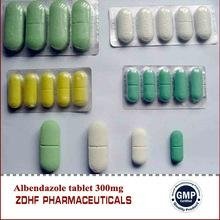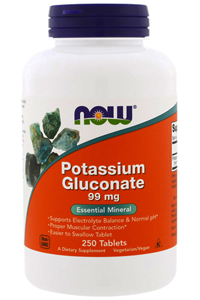
Patients treated with anticholinergics or opioids, or those with inflammatory bowel diseases are at higher risk. The disorder may rarely develop even without renal impairment, mostly in the elderly, where an underlying bowel condition may lead to increased absorption through a decreased gut motility. Lithium-based psychotropic drugs can also lead to hypermagnesemia by reducing excretion. Patients with familial hypocalciuric hypercalcemia (FHH), a rare autosomal dominant condition, can manifest hypermagnesemia. Hyperparathyroidism and alterations in calcium metabolism involving hypercalcemia and/or hypocalciuria can lead to hypermagnesemia through an increased calcium-induced magnesium absorption in the tubule. Hypothyroidism and especially cortico-adrenal insufficiency, are other recognized causes.

Hypermagnesemia occurs primarily in patients with acute or chronic kidney disease. In these individuals, some conditions, including proton pump inhibitors, malnourishment, and alcoholism, can increase the risk of hypermagnesemia. On the other hand, hypermagnesemia is a rare but serious electrolytic disorder, which can be fatal if not recognized and treated promptly. Hypomagnesemia is quite frequent, although the symptomatology (cramps, muscle spasms, paresthesia, and arrhythmias) appears only when exceeding the critical value. Small changes in values may not be clinically relevant, and critical reference values are below 0.5 mmol/L (or 1.0 mg/L) and above 2.0 mmol/L (or 4.9 mg/dL). Serum levels vary from 0.7 to 1.0 mmol/L (or 1.5 to 2.0 mEq/L, or 1.7 to 2.4 mg/dL).

It is present mainly in the bones as salts (about 65%) and muscles, and only 1% in extracellular fluids. Normally, an adult individual possesses about 25 g of magnesium.

Calcium, fats, phosphates, and phytic acid can decrease intestinal absorption. Factors that improve its absorption include vitamin D, parathormone, growth hormone, thyroid hormones, and the presence of sodium in the diet. Magnesium introduced into the diet, in particular through vegetables, is absorbed in the intestinal tract, especially in the small intestine. It influences other electrolytes such as sodium, calcium, and potassium. Together with calcium, extracellular magnesium is of paramount importance for neuromuscular functions as well as for electrical activity of the myocardium and vascular tone. Moreover, it is abundant in animal tissues, where it is fundamental for enzymatic action, transporters, and the synthesis of nucleic acids. Magnesium is an essential element for the life of plants as it is part of chlorophyll. Regimens using intravenous or intramuscular magnesium sulfate are recommendations for the prevention and treatment of eclampsia. Furthermore, magnesium is widely used in medicine, for instance, in the treatment of ventricular arrhythmia associated with torsade de pointes, or as an antacid and laxative. It also serves as a mordant for dyes (magnesium sulfate), added to plastics to make them fire retardant (magnesium hydroxide), in electronics (e.g., phones, laptops, tablet computers, cameras, and other electronic components), in heat-resistant cookware (magnesium oxide), and in agriculture as a fertilizer. Magnesium improves the mechanical features of aluminum and is thus has uses as an alloying agent for airplane and car construction.

The origin of the name derives from Magnesia, a district of Eastern Thessaly in Greece. Joseph Black discovered this element in 1755. Magnesium is a glossy gray solid included in the second column (group 2, or alkaline earth metals) of the periodic table.


 0 kommentar(er)
0 kommentar(er)
